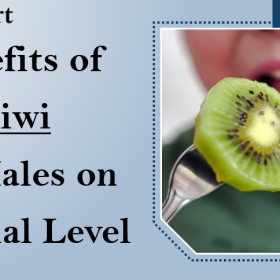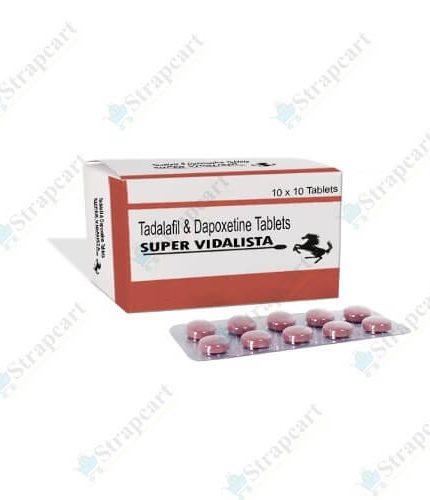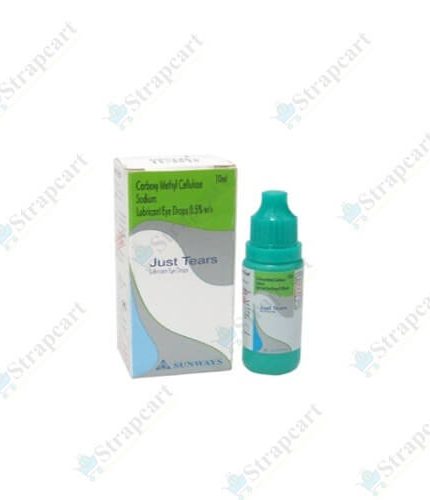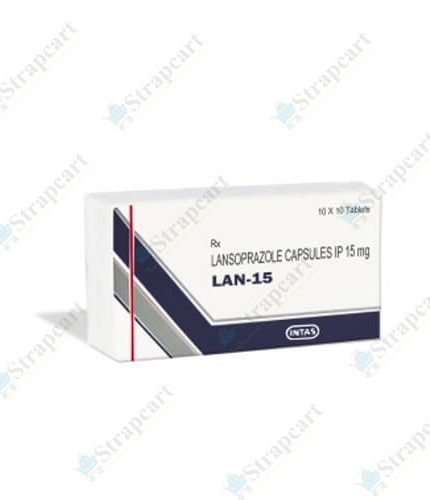Key Point

Have you frequently observed changes in female sexual dysfunction that diminish your enthusiasm for sex activity? Are you finding it challenging to achieve the same level of sex satisfaction as you once did?
If so, this may suggest the emergence of a concerning condition known as female sexual arousal disorder.
You are not alone; millions of women globally experience similar challenges.
While these symptoms typically manifest later in life, this is not universally applicable. Even healthy women in their 20s or 30s can encounter such difficulties.
What exactly constitutes female sex arousal disorder? How can you determine if you are affected by this condition? More importantly, what are the appropriate remedies available?
If you have these questions, this article will provide the information you seek. We are confident that you will find the answers to your inquiries here.
Understanding Female Sexual Arousal Disorder
In straightforward terms, a woman experiencing Female Sexual Arousal Disorder may not react to sex stimulation in the same manner as others. This condition can manifest as a diminished interest or motivation for sexual activity, reduced excitement during intercourse, difficulty achieving orgasm, and a lack of satisfaction following sexual encounters.
Additionally, one may observe a lack of vaginal lubrication, which is a common indicator of insufficient sexual arousal.
The alterations in a woman’s sexual behavior can stem from various factors, including:

We will explore these factors in greater detail in the following sections. It is important to note that this issue is complex and not fully understood by researchers. While there are clear treatments available for male sexual dysfunction, such as Sildenafil, addressing Female Sexual Arousal Disorder often requires more extensive evaluation and may not always lead to a complete resolution.
Identifying Potential Arousal Issues in Women
Similar to any other medical condition, addressing female sex arousal disorder requires a comprehensive understanding of its symptoms. It is essential to recognize the following indicators.
– A reduced interest in sexual activity or an absence of motivation to participate in sex encounters.
– Absence of sexual thoughts or fantasies.
– Experiencing pain during sex activity.
– Exhibiting behaviors that suggest a feeling of coercion regarding sexual encounters.
– Difficulty in achieving orgasm.
– No physical sensation during stimulation of the genitals or vagina.
– Feelings of dissatisfaction following sex activity.
Should you notice any of these symptoms, it is recommended to seek the advice of a healthcare professional. This will facilitate an accurate diagnosis and determine whether you are experiencing a sex arousal disorder. Additionally, a medical professional can assist in developing a tailored treatment plan. In some cases, medications containing Tadalafil may provide relief from certain symptoms.
What Factors May Contribute to Female Sexual Arousal Issues?
Sexual arousal encompasses a complex interplay of emotions and psychological shifts that lead to physical changes in women. It is important to explore the various factors that may contribute to a decrease in sexual activity among females.
| Relationship Dissatisfaction
A relationship characterized by abuse, poor communication, and a lack of emotional connection can exacerbate sex arousal issues. Additionally, experiences of coercive sex encounters or a deficiency in mutual respect and emotional intimacy can hinder a woman’s ability to feel aroused.
| Mental Health Concerns
Similar to men, women can experience mental health challenges that significantly impact their sex functioning. Conditions such as anxiety, severe stress, or depression can lead to difficulties in sex arousal. A clear and relaxed mind is essential for sexual desire; without it, a woman may struggle to achieve arousal or orgasm.
| Cultural Taboos Surrounding Sex
In certain cultures, discussions about sex, particularly among women, may be viewed as taboo. Growing up in such environments can instill negative perceptions of sexuality, leading to reluctance to engage in sex activity or a lack of interest in sensual experiences.
| Pregnancy
During pregnancy, a woman may experience fluctuations in sex desire due to hormonal changes. These alterations can result in behavioral and emotional shifts, making sex activity less appealing and potentially increasing sexual stress.
| Menopause
The onset of menopause often brings about significant hormonal changes that can affect a woman’s sexual patterns and arousal. Many women may find it challenging to achieve sex arousal or orgasm during this transitional phase.
Addressing Female Sexual Arousal Disorder
| Let us explore potential solutions for addressing arousal difficulties in women.
| Psychotherapy
Engaging in therapy with a qualified psychiatrist can significantly enhance sex desire. It is essential to discuss any concerns related to your sex life, as well as any psychological issues or stressors that may be impacting your sexual behavior. These professionals can assist in managing stress and other related symptoms, dispelling negative beliefs or feelings of shame regarding sexual activity, and improving communication about feelings with a partner.
| Medications
Similar to the use of Vardenafil for treating male arousal and erectile dysfunction, there are medications available that target female sex arousal issues. Certain drugs that stimulate brain activity can positively influence mood and sex behavior.
Conclusion |
|
Female sexual arousal disorder is a multifaceted condition, yet it is frequently treatable. Various stages in a woman’s life may lead to such challenges, often temporarily. With appropriate treatment, these issues can typically be resolved over time. |

















